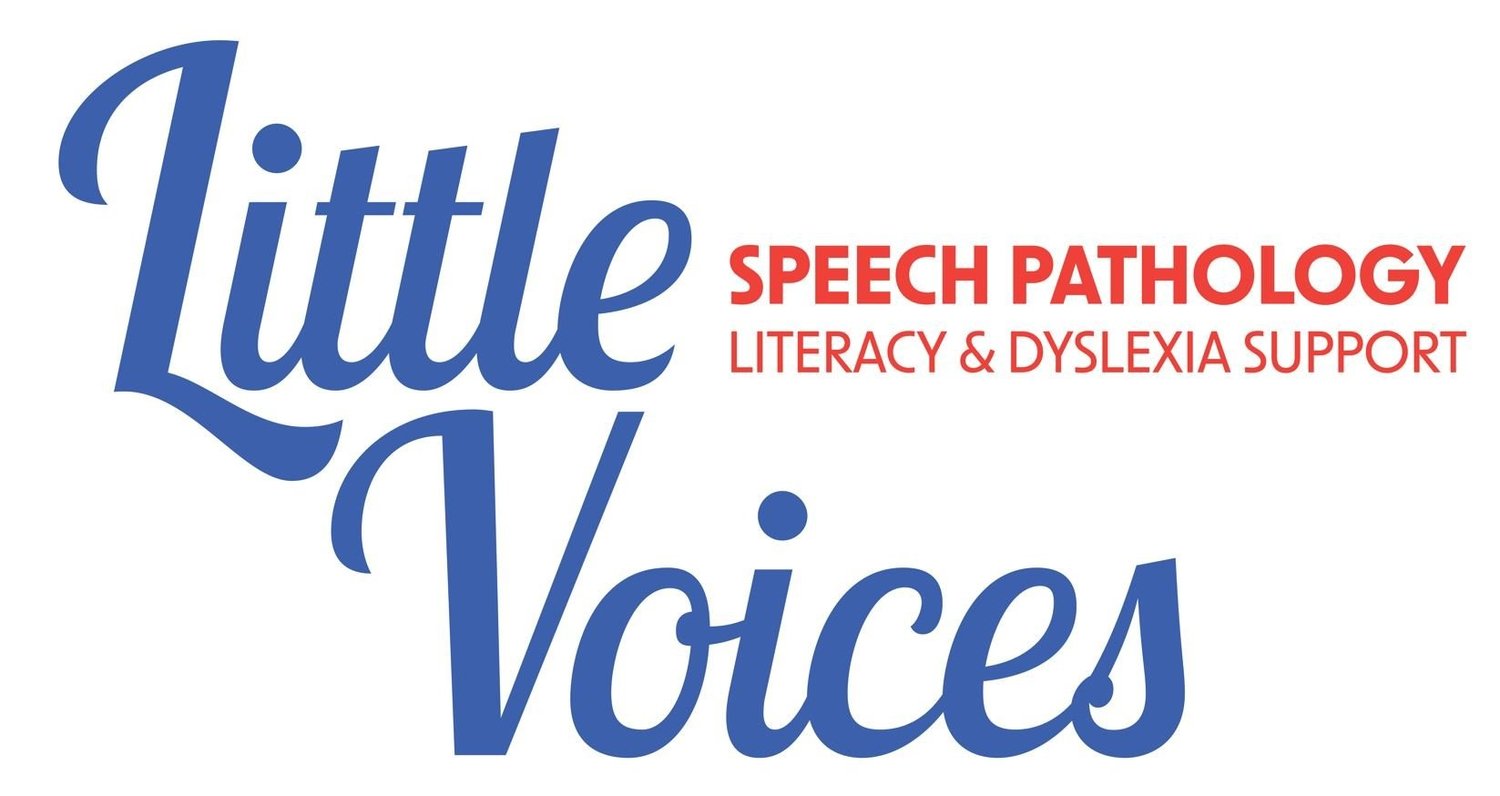How Microsoft’s Copilot can be a game changer for students with dyslexia.
Student using assistive technology
This year, a number of my regular students have moved from primary into secondary school. This is a big jump for all kids, but for kids with dyslexia, the change is even more daunting. My students have encountered numerous frustrating obstacles in their transition to secondary school. Students with dyslexia don’t only experience difficulties with reading and writing, many also have challenges with organisation and planning, making new skills such as navigating timetables, and organising books and resources for different classes, a new struggle to overcome.
Another task that is extremely demanding and time-consuming for kids with dyslexia is researching for essays or assignments. Most students, when asked to research for their assignment, will do a Google search to find the appropriate websites that have the content relevant for their task. Students without reading difficulties can usually scan a website quite quickly to determine whether it has the relevant information they need. Those with dyslexia, however, are unable to quickly scan text. They need to read the website all the way through to determine whether it has the appropriate content, and they often read at a much slower rate. Can you imagine how long conducting research would take then? Some of my students have admitted that doing the research for their assignments or essays can take them many, many hours. Is this really a good use of their time? What, essentially, is the goal of the assignment? If it’s to learn new information and demonstrate their knowledge of that information, do these students really need to be reading website after website of irrelevant information, just trying to find the bits that they need?
Enter Microsoft Copilot.
This new tool is more than just a digital assistant; it's a beacon of hope and empowerment for students grappling with dyslexia. Microsoft's Copilot can potentially be a game-changer for those with dyslexia, breaking down the barriers and ensuring they have equal access to educational content.
Make it stand out
Whatever it is, the way you tell your story online can make all the difference.
Copilot’s advanced AI-driven functionalities are designed to break down the barriers that traditional learning methods pose. This tool is built to support, assist, and enhance the educational journey, particularly for students with dyslexia. Copilot can quickly pull, from a broad range of websites, relevant information, summarise key concepts and provide appropriate sources to find further important content, thereby significantly reducing the time required to find the desired information. What a relief that would be for my students! How much more effectively will they now be able to complete the research in order to get to the meaty part of the task and write it up.
Concerns raised by teachers regarding use of Copilot:
Some teachers have expressed their concerns that allowing a student to use Copilot can be classed as cheating. Here are some common comments from teachers, and my responses.
Using any AI, such as Copilot, is cheating as it gives students the answers:
Yes, using AI as it’s presented directly is plagiarism. Students must never use content exactly as it’s presented from sources such as ChatGPT. Copilot, however, provides the answer and the sources it got the answer from. This then takes away the hours of trawling through websites, and directs the students to the exact websites that has the information they need. Students then need to reword the response, presenting the information in their own words.
Allowing students with dyslexia to use technology such as Copilot gives them an advantage:
We hear this a lot. Providing assistive technology supports such as Copilot is not an advantage, rather, it enables students with dyslexia to access the same instructional opportunities as students without disabilities, thereby levelling the playing field. When accommodations are used appropriately, they provide equity—that is, they give each student what they need to successfully complete a given learning task or assignment.
In embracing Copilot, educators, students, and parents alike can unlock a world of potential, where dyslexia is no longer a barrier.


